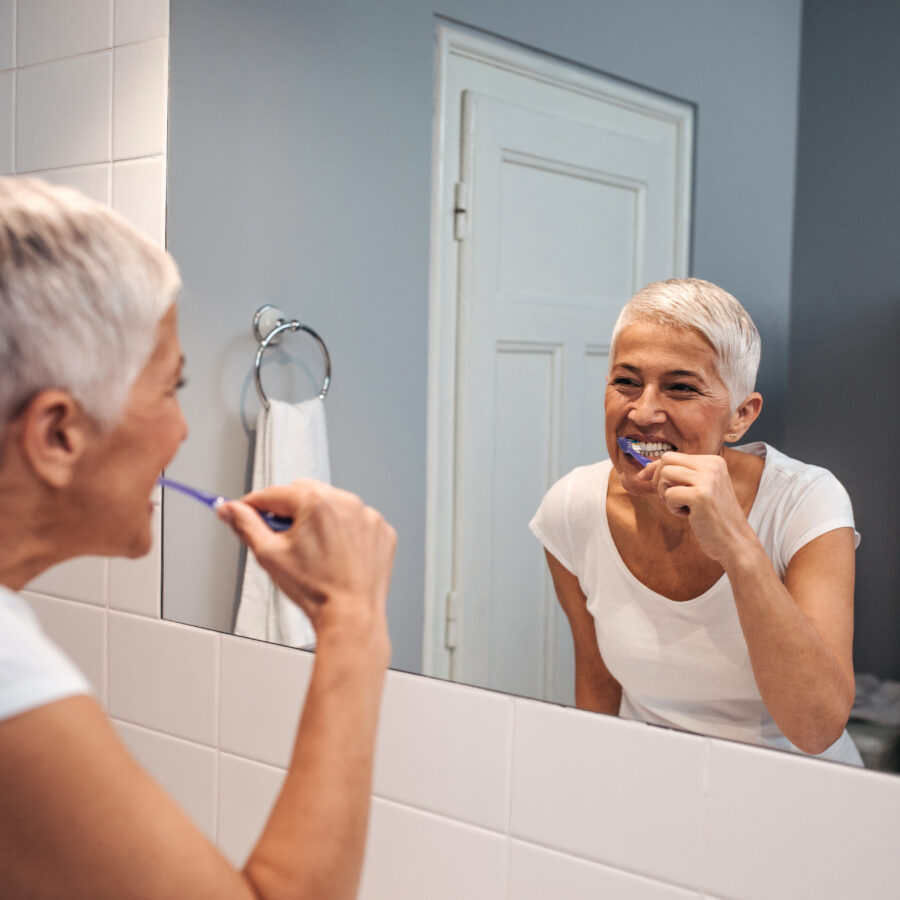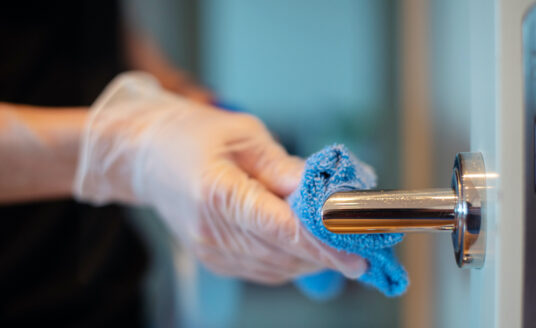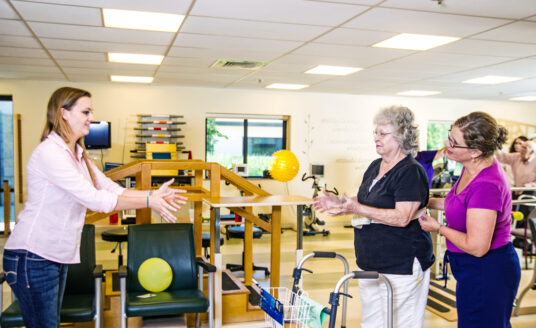For seniors, safety begins at home. And when it comes to keeping their residence hazard-free, the bathroom should be a top priority.
According to the Centers for Disease Control (CDC), about 3 million Americans over the age of 65 visit the emergency room each year for treatment of injuries suffered in a fall, and one out of every five of those falls results in a broken bone or a head injury. Approximately 235,000 of those falls happen in the bathroom, and 14 percent of people injured in their own bathroom require hospitalization.
The bathroom is especially dangerous because it’s filled with hard surfaces, including tile floors and vanities with unforgiving countertops that could possibly have sharp corners. Water splashed from the shower or bathtub can cause the floor to become slippery quickly, and things like bathmats, rugs and towels can cause trip hazards.
So how can you practices bathroom and shower safety for seniors?
Here are some helpful tips:
- Hang on – Install grab bars and safety rails in the shower and near the tub and toilet— and be sure to use them. Having that extra point of contact can make all the difference between catching yourself or suffering a hard crash should your feet slip on the wet surfaces.
- Lighten up – Is there enough illumination in the bathroom? Being able to see where you’re stepping is important in avoiding trip hazards. Making things brighter can be as simple as replacing bathroom lightbulbs with a higher wattage. If there isn’t already a night light in the restroom, add one. It’s easy to become disoriented when feeling your way through the dark for a middle of the night visit to the facilities.
- Keep it clean – Reduce clutter wherever possible. This includes removing items from countertops that could be knocked off onto the floor and cause issues walking. This goes for the floors, too. Any unnecessary rugs should be removed because they’re a serious trip hazard. If they’re a must, rugs should have rubberized, non-slip material on the bottom and should be as thin as possible.
- Turn it down – One of the easiest ways to avoid bathroom injury is to turn down the temperature on the hot water heater to no more than 120 degrees. Overheated water not only can cause painful burns to the skin, but the reaction from suddenly being exposed to scalding water could trigger a fall as your senior loved one attempts to escape. Extremely hot water can also be dangerous to people with a heart condition.
- Give them a boost – An elevated toilet seat is another easy improvement that can be made to a senior bathroom. Rising from the facilities without assistance can be a tough task for seniors with mobility issues. An Americans with Disabilities Act (ADA) approved toilet riser can make maneuvering much easier by bringing the seat up as much as 18 inches.
- On the bench – adding a shower seat or bench will go a long way in shower safety for seniors. It can prevent falls by eliminating the need for the bather to stand the entire time they’re cleaning their body and also by allowing them to reach their lower legs and feet without bending over.
- Accessorize – There are plenty of other things that can be done within a shower to make it safer, too. They include installation of a handheld shower nozzle that allows your senior loved one to control the water flow while seated. A shower caddy can keep their supplies like soap and shampoo within easy reach and out of danger of being knocked to the shower floor where they could become trip hazards.
- Is it time to update? – In terms of shower safety for seniors, although it’s a more expensive undertaking, replacing a bathtub and shower combination with a walk-in shower is a much safer option for elderly bathers because they don’t have to negotiate their way over a high edge to get in and out.
Eliminating these common bathroom danger zones should go a long way toward keeping your senior loved one safer in their own home.
Be sure to apply the same principles throughout the house for maximum coverage:
- Eliminate trip hazards like throw rugs, power cords and other clutter from the floor whenever possible.
- Keep necessities within reach – between waist and shoulder level – to avoid falls that can come from bending over.
- If your senior parent is a fall risk, equip them with a one-touch emergency button on a necklace or bracelet that will allow them to easily summon help if they’re injured in a fall.
Visit our senior home safety blog for more tips, tricks and resources.
Want to find out more?
If you’d like to stay up to date with Bethesda Health Group, sign up here to receive our blog and newsletters!
"*" indicates required fields
Related Articles
Want to find out more?
If you’d like to stay up to date with Bethesda Health Group, sign up here to receive our blog and newsletters!
"*" indicates required fields



